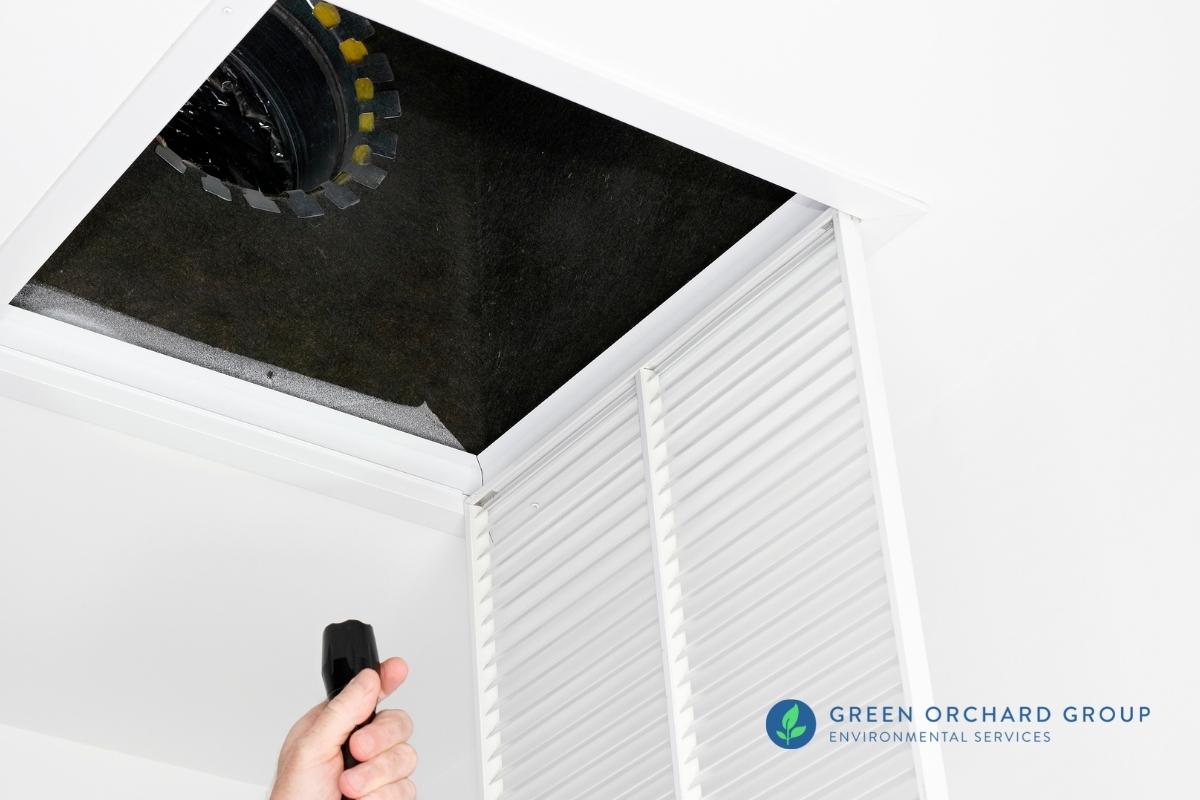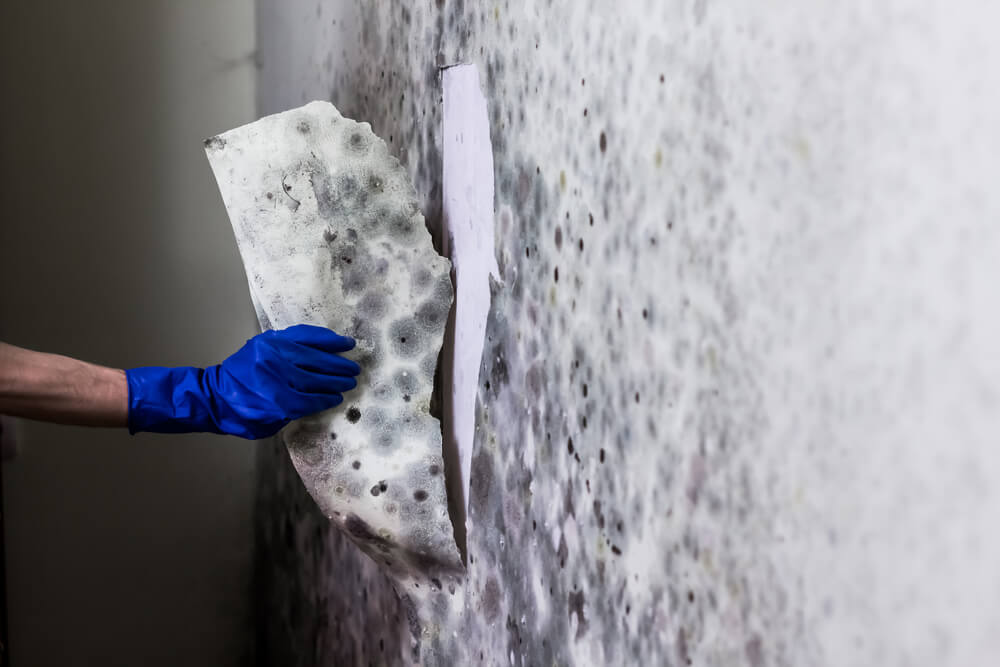Effective Message Mold Removal Solutions for Your Home
Mold and mildew growth in homes can be a relentless problem, frequently requiring an organized technique for effective post-remediation remedies. From comprehending the factors that contribute to mold growth to carrying out proper cleansing techniques and moisture control steps, the procedure can be complex yet essential for keeping a healthy living atmosphere. Post remediation mold testing near me.
Understanding Mold Development Factors
Mold growth is influenced by a variety of aspects that are crucial to understand in order to properly address and stop its spreading. Recognizing these aspects is necessary in executing successful mold and mildew removal methods. The main element adding to mold and mildew development is wetness. Mold and mildew spores call for moisture to sprout and grow, making moist or damp atmospheres extremely at risk to mold and mildew infestations. Poor ventilation can also cause moisture build-up, developing a perfect breeding place for mold.

In addition, air flow and light exposure can affect mold growth. Locations that do not have appropriate ventilation and natural light are more susceptible to mold and mildew advancement. By resolving these elements adequately, individuals can properly reduce mold and mildew development and safeguard their living atmospheres.
Correct Mold Cleansing Techniques
Using effective cleaning techniques is important in protecting against the reoccurrence and attending to of mold and mildew contamination in indoor atmospheres. When managing mold, it is important to prioritize security by putting on safety gear such as handwear covers, safety glasses, and masks. The initial step in correct mold and mildew cleaning is to include the afflicted location to avoid the spread of spores to uncontaminated areas. This can be accomplished by sealing the room and making use of air scrubbers or negative air machines to maintain air quality.

Implementing Wetness Control Actions
To effectively stop mold growth and contamination in interior settings, implementing moisture control procedures is extremely important. Moisture is the main variable that gas mold and mildew development, making it important to handle moisture degrees within the home. One effective step is to utilize dehumidifiers to preserve interior moisture degrees listed below 60%. In addition, ensuring proper ventilation in areas prone to moisture buildup, such as shower rooms and cooking areas, can help in reducing the threat of mold development. Regularly inspecting and repairing any leakages in pipes, roofing systems, or windows is also vital in stopping excess wetness build-up. Using exhaust followers while food preparation or showering, and allowing air flow by maintaining furnishings somewhat away from walls can assist in dampness control. Moreover, using moisture-resistant materials in high-humidity locations, such as mold-resistant drywall and paints, can be advantageous. By vigilantly implementing these dampness control actions, home owners can effectively decrease the likelihood of mold and mildew recontamination and maintain a healthy interior atmosphere.
Using All-natural Remediation Solutions
After view it successfully carrying out moisture control procedures to avoid mold development in interior environments, house owners can now check out the performance of all-natural remediation services in preserving a healthy and balanced living area. All-natural removal solutions use eco-friendly approaches to fight mold and mildew and mold, making them a preferred choice for those seeking non-toxic options. One such service is making use of vinegar, an all-natural antimicrobial representative, to clean and disinfect surfaces contaminated by mold. Simply thin down vinegar with water and spray it you can find out more onto the affected areas, allowing it to sit for a few hours before wiping clean. In addition, tea tree oil, recognized for its antifungal residential properties, can be combined with water and splashed onto mold-infested surface areas to hinder more development. An additional all-natural alternative is hydrogen peroxide, which can efficiently eliminate mold on different surfaces without leaving damaging residues behind. By incorporating these natural remediation services into their cleaning regimens, homeowners can effectively deal with mold growth while promoting a much healthier interior atmosphere for themselves and their family members.

Maintaining a Mold-Free Atmosphere
In order to stop mold and mildew reoccurrence and guarantee a regularly mold-free setting, it is important for homeowners to carry out proactive upkeep practices. Consistently checking locations susceptible to mold and mildew growth, such as shower rooms, basements, attic rooms, and cooking areas, is essential. Attending to any kind of leaks, water damage, or excess moisture immediately can dramatically minimize the threat of mold and mildew development. Post Remediation verification. Appropriate ventilation in areas with high humidity levels is also essential to stop mold growth. Using dehumidifiers or exhaust fans can help preserve ideal wetness levels and dissuade mold spores from thriving.
Additionally, keeping sanitation in the home is crucial for mold avoidance. On a regular basis cleaning and cleaning surfaces, carpetings, and furniture can assist eliminate mold and mildew spores before they have an opportunity to clear up and multiply. Using mold-resistant items for construction products and furnishings can better help in developing a mold-free environment. Keeping interior plants in check and guaranteeing correct drainage in outdoor landscaping can minimize wetness accumulation, decreasing the probability of mold and mildew infestations. By complying with these aggressive maintenance methods, home owners can efficiently maintain a mold-free living mold removal from wood space.
Final Thought
In conclusion, it is necessary to resolve mold growth variables, utilize proper cleansing techniques, execute moisture control actions, use all-natural remediation solutions, and preserve a mold-free environment in order to successfully manage post mold remediation in your home - Post remediation mold testing near me. By complying with these methods, you can stop mold from persisting and ensure a healthy living setting for you and your family
The main factor adding to mold development is dampness. Mold spores need dampness to prosper and germinate, making humid or damp atmospheres very susceptible to mold invasions.To successfully prevent mold growth and contamination in interior settings, implementing moisture control procedures is extremely important. Additionally, making certain proper ventilation in areas prone to moisture accumulation, such as cooking areas and restrooms, can assist minimize the threat of mold and mildew development.After efficiently applying dampness control measures to prevent mold growth in indoor environments, property owners can now explore the effectiveness of natural remediation services in preserving a healthy living space.